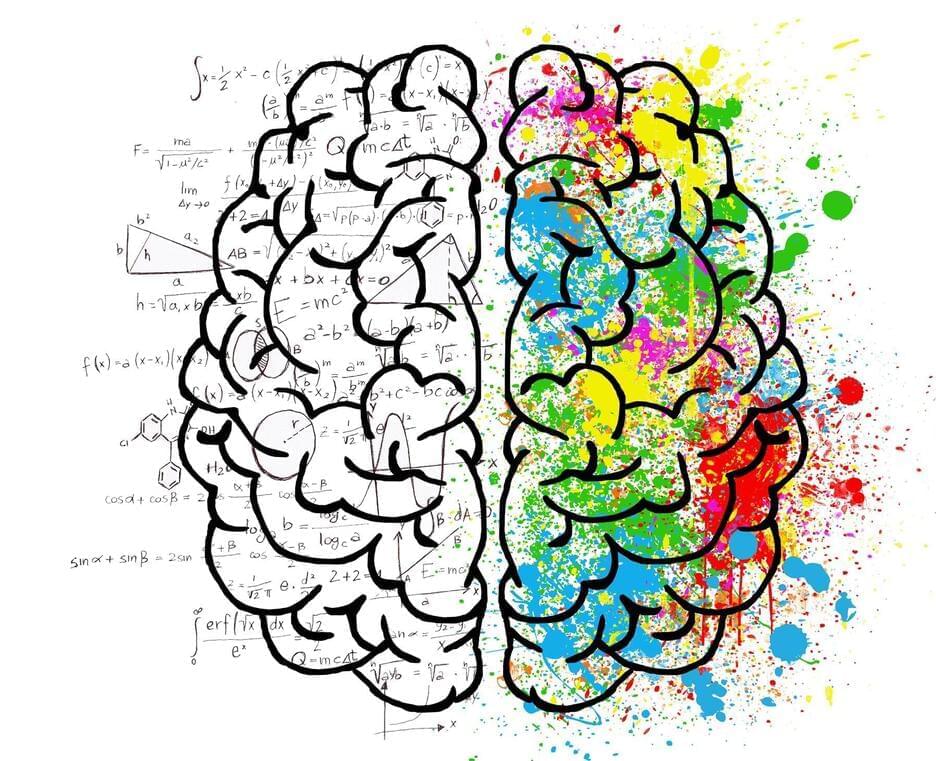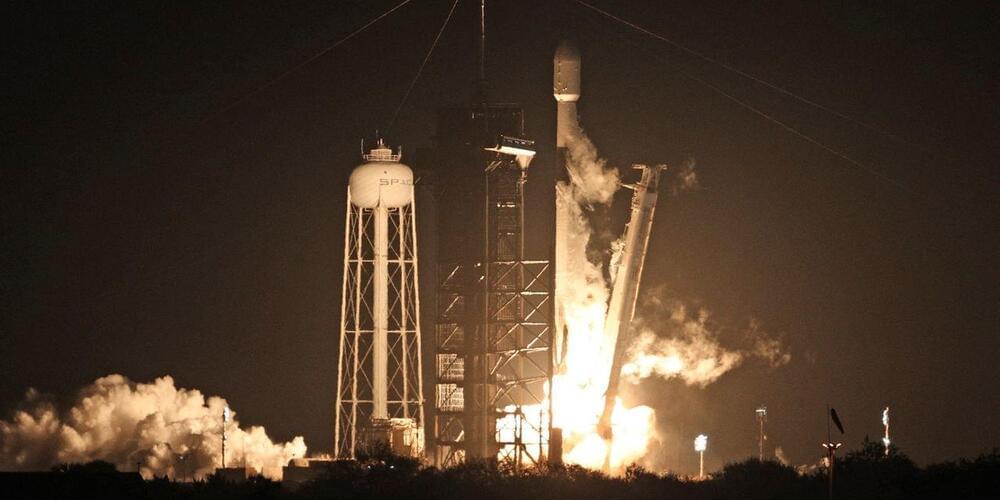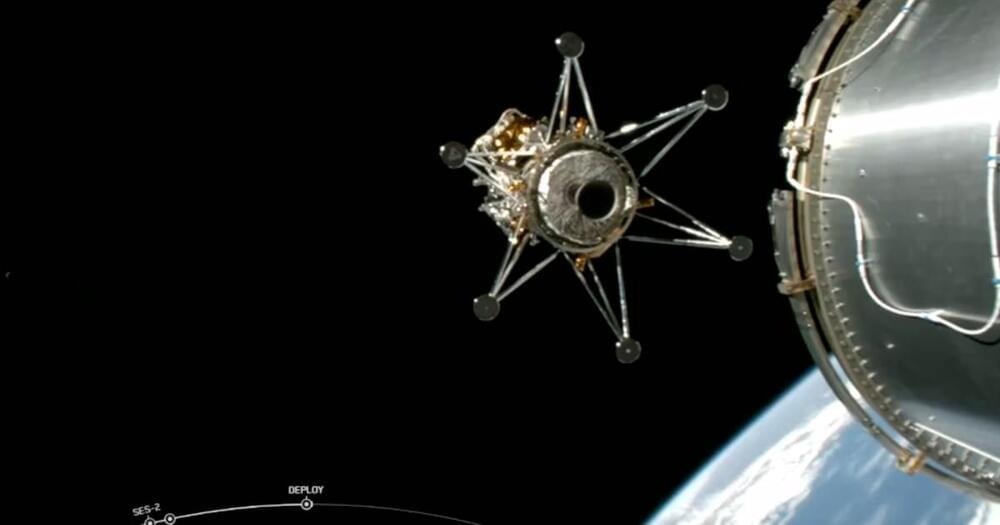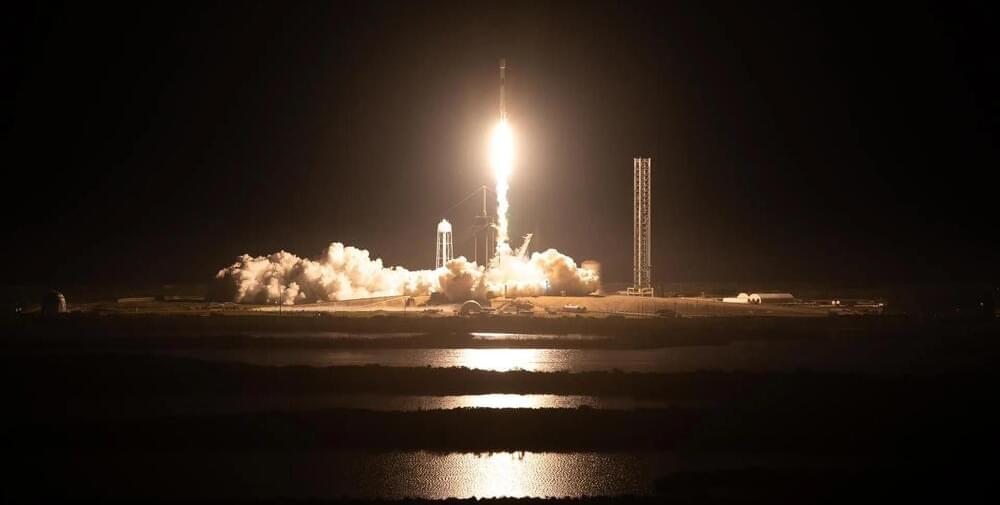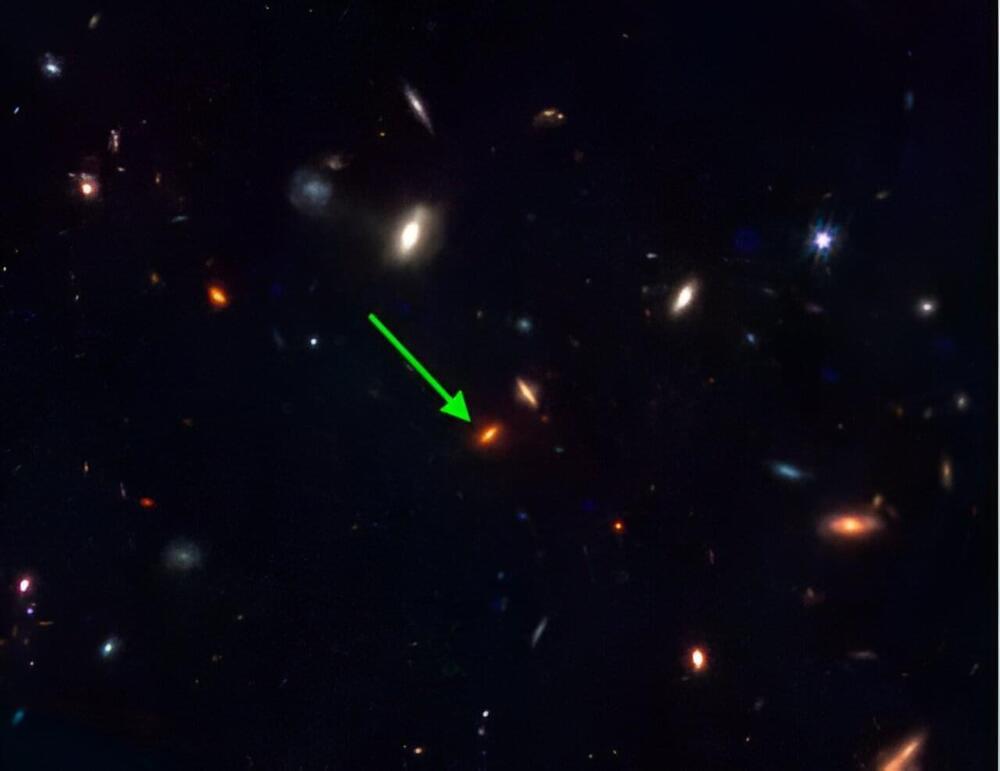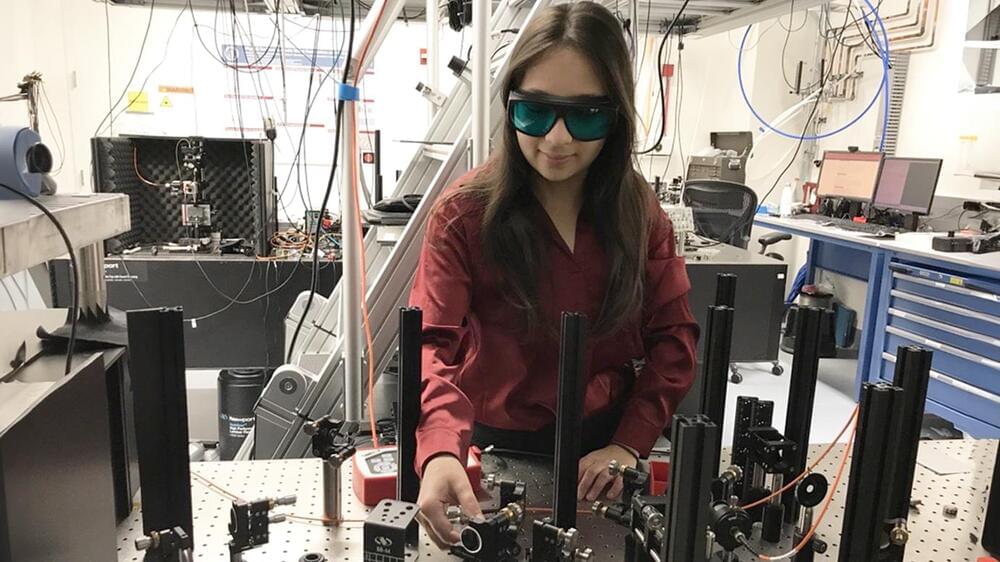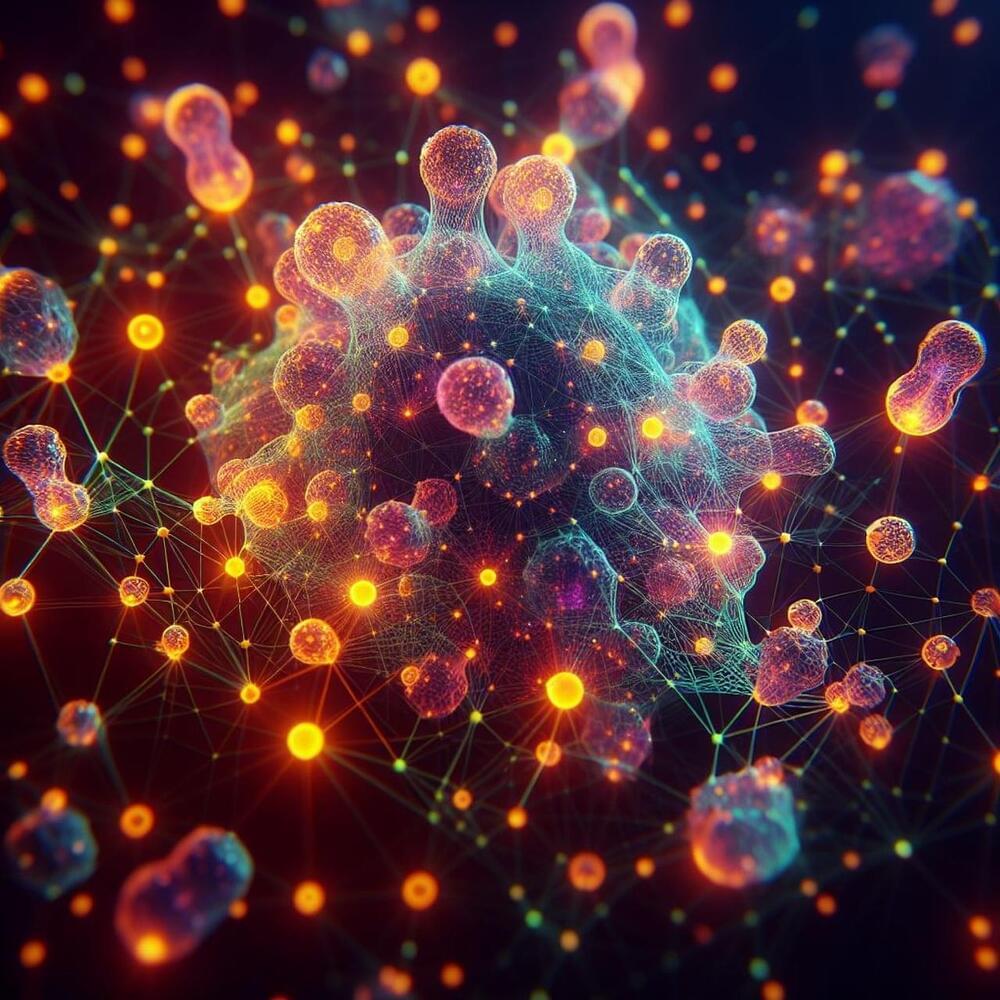A head injury serious enough to affect brain function, such as that caused by a car accident or sudden fall, leads to changes in the brain beyond the site of impact, Tufts University School of Medicine scientists report in the journal Cerebral Cortex. In an animal model of traumatic brain injury, the researchers found that both hemispheres work together to forge new neural pathways in an attempt to replicate those that were lost.
“Even areas far away from the injury behaved differently immediately afterward,” says first author Samantha Bottom-Tanzer, an MD/Ph. D. student in neuroscience at the School of Medicine. “Traumatic brain injury research tends to focus on the region of injury, but this study makes a good case that the entire brain can be affected, and imaging in distal regions can provide valuable information.”
Bottom-Tanzer and colleagues are the first to use an imaging technique combining fluorescent sensors of neuronal activity and electrodes to record how many parts of the brain talk to each other after a brain injury. The team tracked neural activity in mice for up to three weeks post-injury during periods of exercise and rest.
